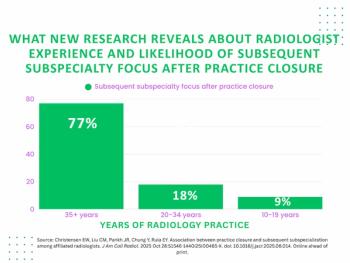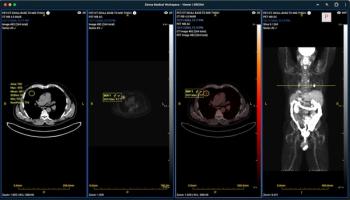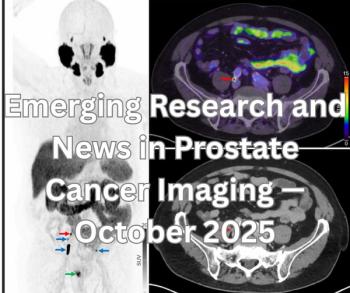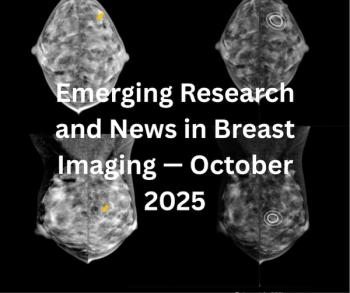
Fetal CMR Detects Congenital Heart Defects, Changes Treatment Decisions
In more than 80 percent of referred cases, information gathered from fetal CMR can change clinical decision-making, and it can impact parental counseling, as well.
When echocardiography results are unclear, fetal cardiovascular MRI (CMR) can yield valuable information about congenital heart defects, leading a treatment or management decision changes in more than 80 percent of cases, a new study reports.
Not only could this imaging information be used to augment treatment for infants, said a team from Lund University in Sweden, but it could also be helpful in providing counseling for parents. In fact, they said, 84 percent of cases referred for fetal CMR captured clinically valuable data that impacted choices for mode of delivery, early postnatal care planning, and parental counseling.
“In this study, fetal CMR added clinically useful information to echocardiography in referred cases and was a useful complement to fetal echocardiography for evaluating cardiac function and both intracardiac and vascular anatomy in [congenital heart defects],” said the team led by Daniel Salehi, M.D., doctoral student in clinical physiology at Lund University.
The team published their findings in
Congenital heart defects (CHD) are rare, occurring in only 1 percent of children. However, they are responsible for roughly 30 percent of infant mortalities that occur due to from-birth anomalies, and 25 percent of all cases involve complex defects that require intervention within the first year of life.
Echocardiography typically catches CHDs in utero, but if the acoustic window is inadequate, the results of the scan will be inconclusive. An MR-compatible Doppler ultrasound device can work around this problem to capture high-resolution fetal CMR images without a need for post-processing, the team said.
Related Content:
To determine how well fetal CMR performed subsequent to inconclusive echocardiography studies – and whether any new information directed parental decisions – Salehi’s team examined results from 31 fetuses, with an average gestational age of 36 weeks, who were referred for fetal CMR at Skåne University Hospital between January 2017 and June 2020.
Alongside contributing to decision-making and parental counseling in 84 percent of cases, the team also determined that fetal CMR provided helpful information in other cases, as well:
- Intracardiac anatomy and ventricular function were visualized in 87 percent of fetuses assess for univentricular versus biventricular outcome in borderline left ventricle, unbalanced atrioventricular septal defect, and pulmonary atresia with intact ventricular septum.
- Diagnostic information was added in 80 percent of cases of aortic arch anatomy, including signs of coarctation.
- Delivery planning assistant was provided for 75 percent of fetuses with hypoplastic left heart syndrome.
- Valuable information for parental counseling was offered in 68 percent of cases.
“These findings suggest that fetal cardiovascular magnetic resonance imaging can add important diagnostic information and affect clinical decision-making and parental counseling,” the team said.
But, even with these benefits with fetal CMR, there is still a role for echocardiography, said Bhawna Arya, M.D., attending physician and assistant professor of pediatrics at Seattle Children’s Hospital in an accompanying
“Although fetal CMR provides an appealing opportunity for advanced, late gestation imaging, fetal echocardiography remains the gold standard for early and accurate in utero diagnosis and monitoring of congenital heart disease and other fetal cardiovascular diseases,” she said.
For more coverage based on industry expert insights and research, subscribe to the Diagnostic Imaging e-Newsletter
Newsletter
Stay at the forefront of radiology with the Diagnostic Imaging newsletter, delivering the latest news, clinical insights, and imaging advancements for today’s radiologists.






























